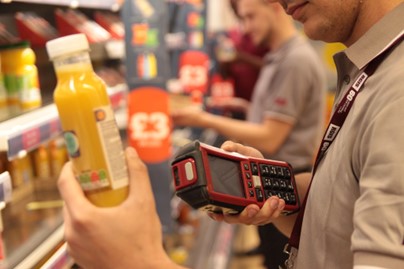How to Prepare for an Inventory

Being able to confirm the actual stock on hand in your business is critical. This allows you to identify variances and quickly address issues with inventory management and control. Knowledge of your inventory movements enables you to make informed decisions regarding damaged inventory, theft, slow-moving items, and current warehouse processes. A well-planned inventory will result in minimal disruption, accurate inventory records, and provides a basis for making better informed business decisions.
Here are some rules to follow to ensure your inventory count runs smoothly:
1. Establish Which Inventory Your Business Owns and Its Location
First, identify inventory that has already been invoiced to a customer but hasn’t yet been received and remains in the warehouse/store. Furthermore, identify any inventory received within the warehouse/store but not yet recorded. You must also account for inventory held at different locations or on consignment basis. This ensures complete visibility.
2. Maintain a Clean and Tidy Stock Room
To ensure accuracy, maintain a clean and tidy stock room. Clearly lay out stock items, and attach labels to shelves to clearly identify different types of inventory and their locations – for example, labels will show where the inventory is located as well as the type of inventory. Moreover, give your inventory counters clear guidance on the direction they should count; for example, instruct them to start from a specific location and end in a specific location.
3. Tools Required for the Inventory
- Inventory Sheets: Utilize inventory sheets to record the inventory numbers against each inventory item.
- Write-off Sheets: Always check the condition of the inventory as you count and make notes regarding any damage.
- Manual Count: When items lack barcodes, conduct a manual count by carefully counting each item and logging it in writing.
- Calculator: Use a calculator to add total numbers and check variances.
- Handheld Scanners: Employ handheld scanners for barcoded stock only.
4. Minimize Distractions
To avoid errors, do not allow radios, mobile phones, or idle chatting during the inventory process.
5. Count Every Item Accurately
Never estimate! It might seem tedious, especially if you think you have a good idea of your inventory quantities, but it is so much better to get a 100 percent accurate record the first time. Always physically open boxes – just because the label on the box says there are 75 items in the box that does not mean there actually are.
6. Verify Inventory Against Records
Check the physical inventory count against your current accounting records. Always recheck discrepancies to ensure accuracy and investigate the reasons for any variances. Make a note of all variances and follow up where necessary.
7. Update Your Records
After completing the inventory count, update your inventory records in your accounting system.